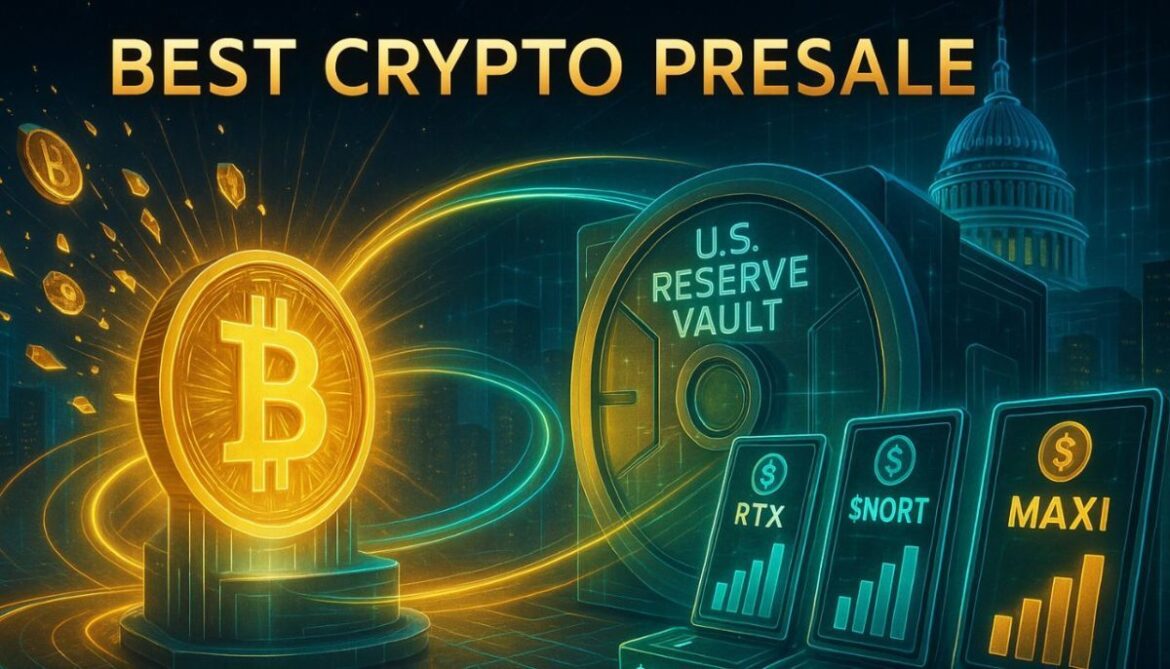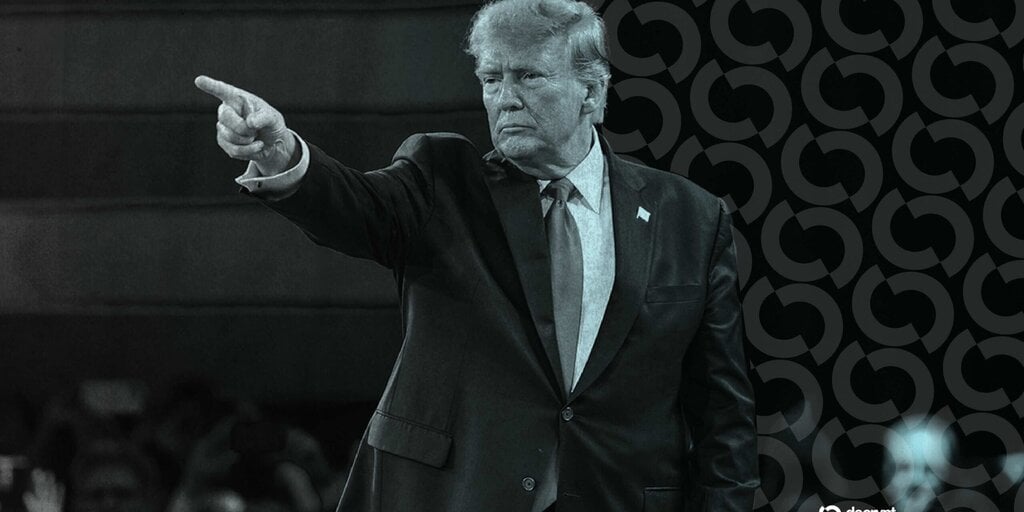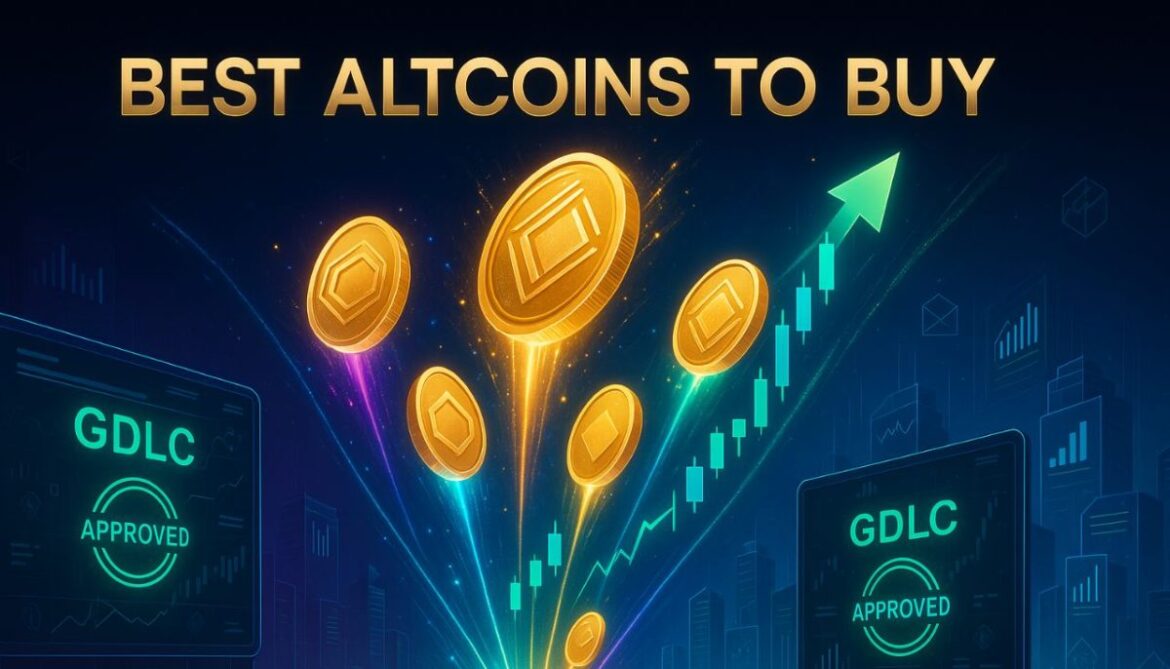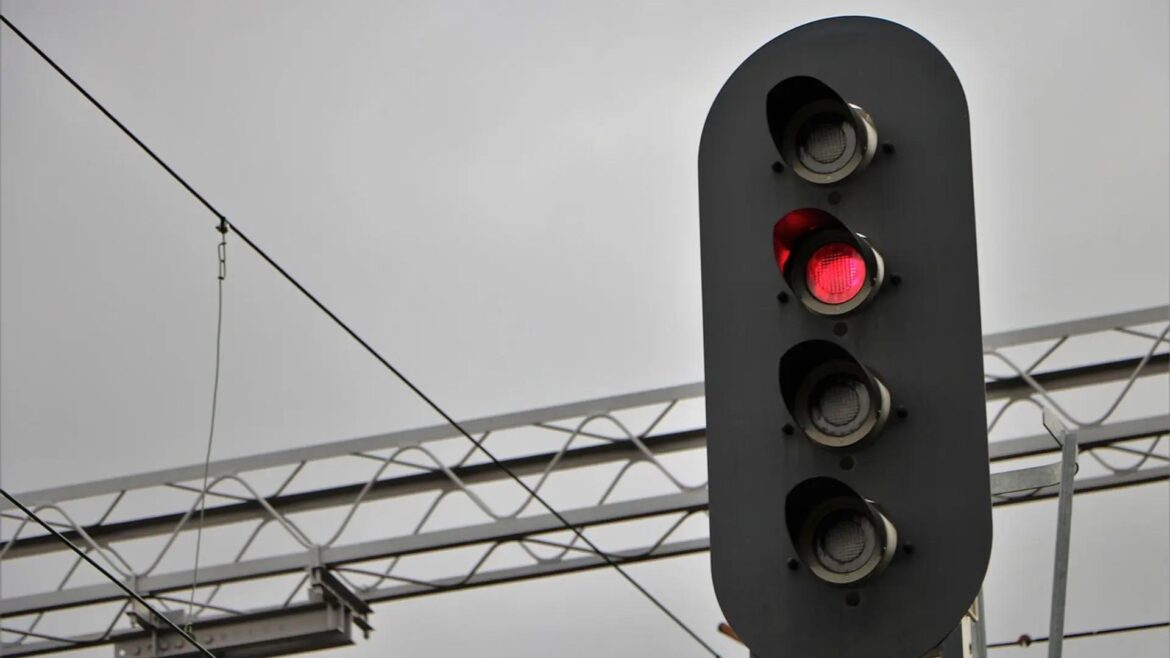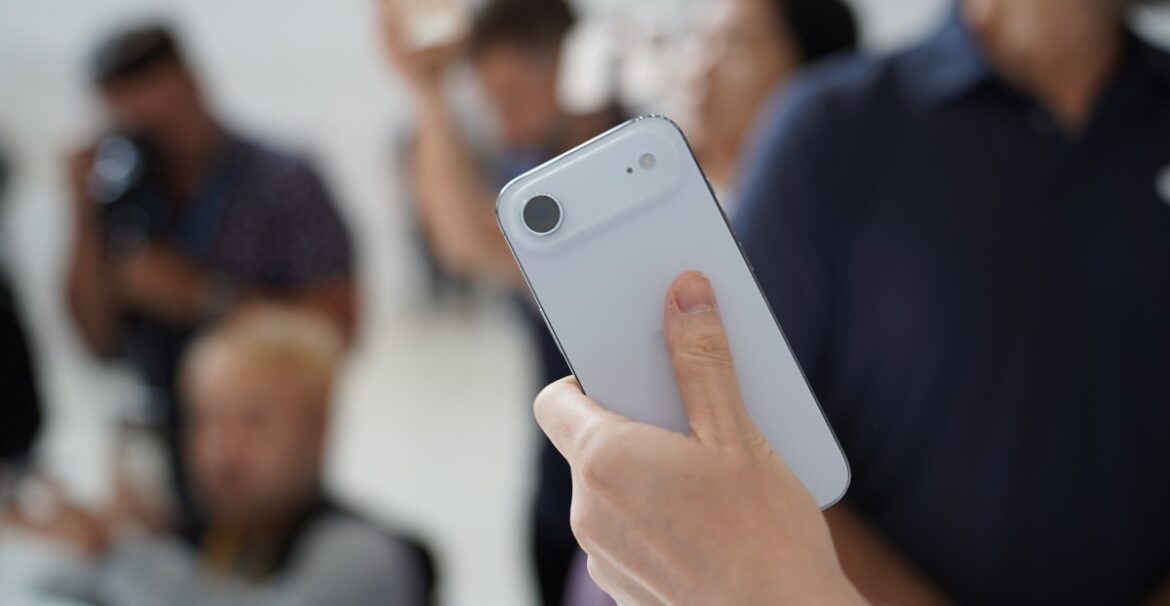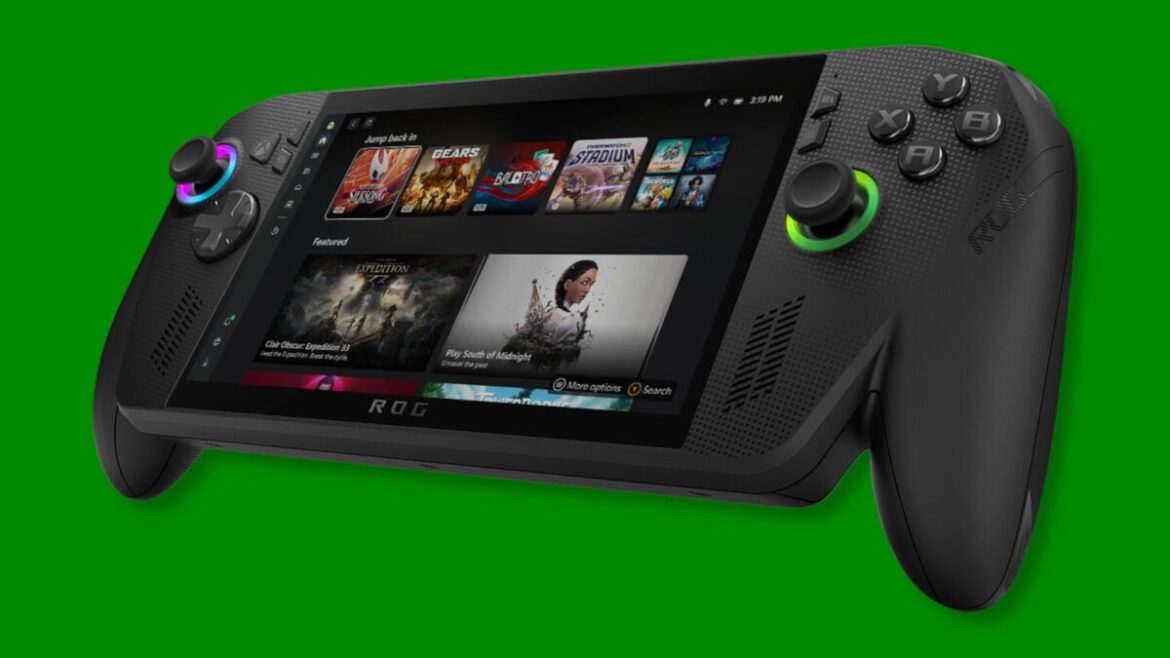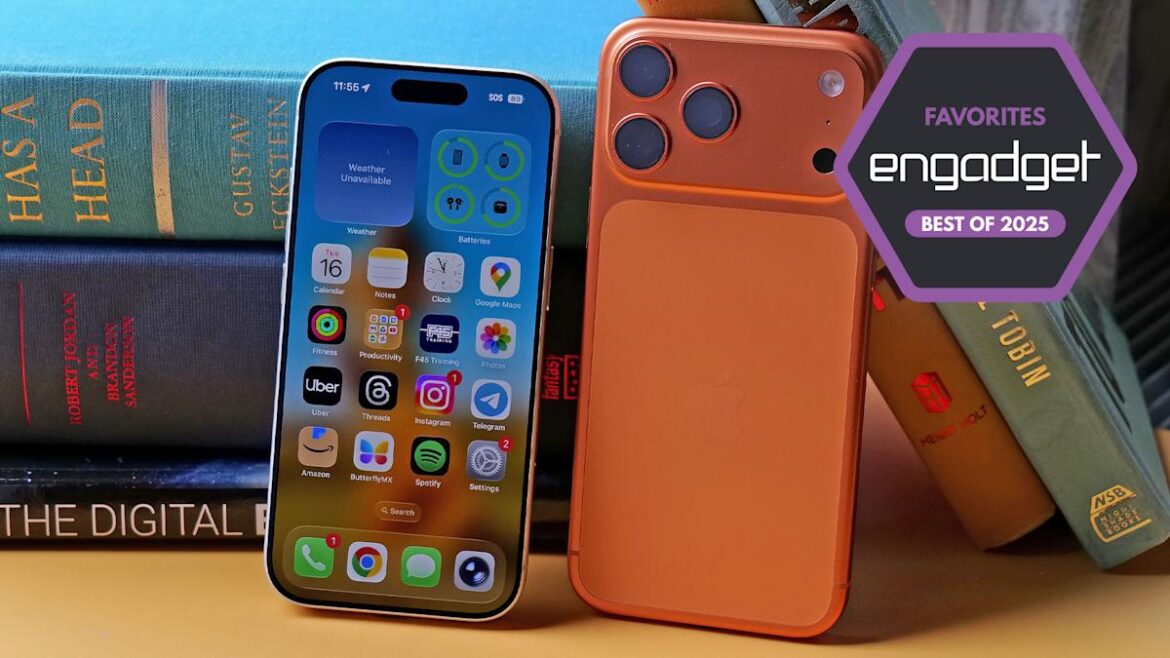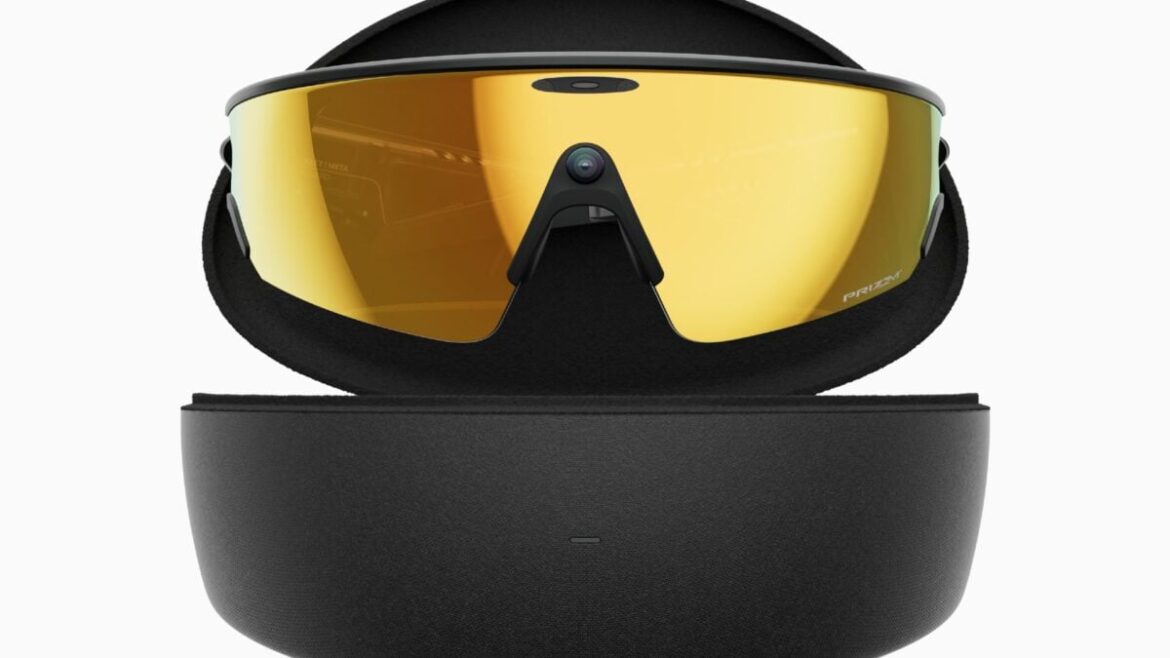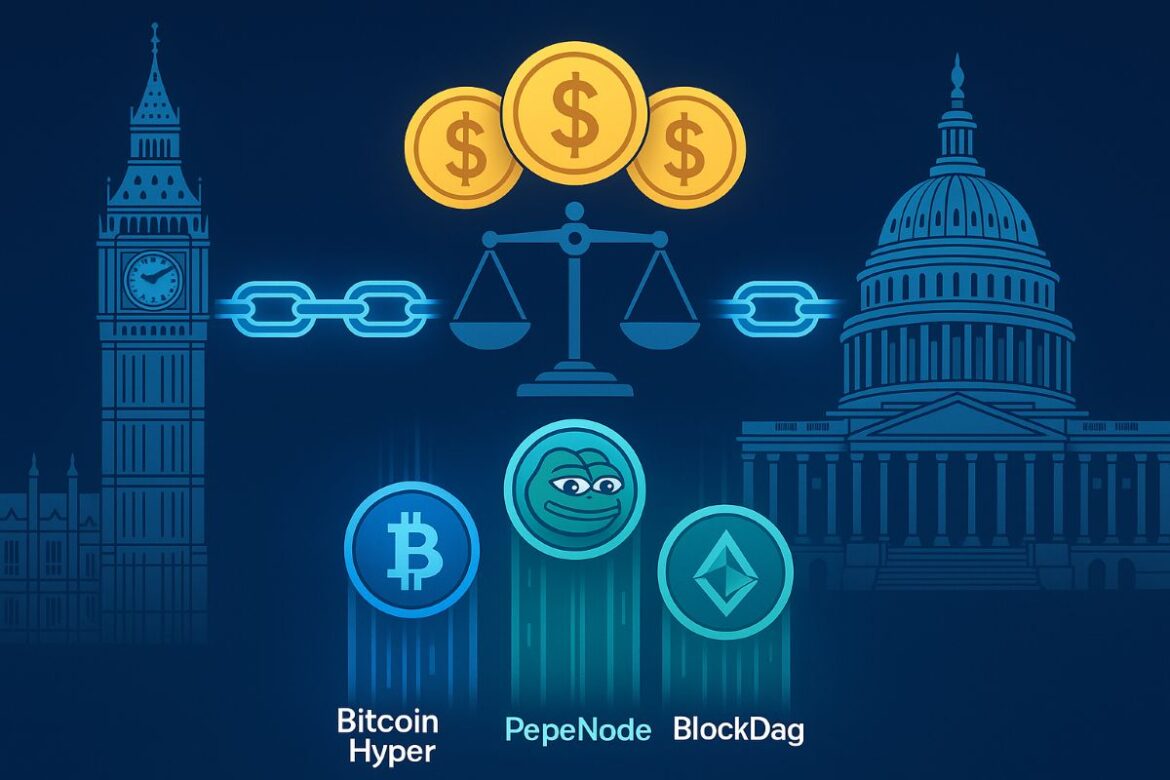Trusted Editorial content, reviewed by leading industry experts and seasoned editors. Ad Disclosure
Earlier this year, Donald Trump announced the formation of a U.S. Bitcoin strategic reserve, where the government would build its own stash of the token.
Now, a new bill, called H.R. 1566, has been passed which sets a 90-day deadline for the Treasury Department to come up with a plan to create and manage this fund.
- The Treasury will need to submit a practicability report and a technical plan for custody and cybersecurity.
- It will also have to work out how this reserve will be represented on the federal balance sheet, the role of the Forfeiture Fund, and a list of potential third-party custodians.
Even a modest U.S. Bitcoin Reserve could trigger a supply shock, pushing $BTC to new highs in the next few years.
Read on as we explain the impacts of the reserve on Bitcoin’s demand-supply dynamics – and point you toward the best crypto presales that could benefit.
The Supply Shock Math Explained
The U.S. Marshals Service already controls around 29,000 BTC that are ‘fully forfeited.’ In addition, there are about 198,000 $BTC across all U.S. agencies pending forfeiture.
Bitcoin miners currently generate about 450 $BTC a day, which comes to 40,500 $BTC over a 90-day period.
- If the Treasury consolidates and locks the already forfeited 29,000 $BTC (Option 1), it would absorb 71% of the 90-day miner supply.
- But that isn’t the only scenario under discussion. If instead 100,000 $BTC is locked (Option 2), it would create a stronger supply crunch with deeper absorption and tighter flow.
Add to this ETF inflows, which average around 20,000 $BTC over a 90-day period. Even conservatively, if the Treasury pursues Option 1, total demand would reach 59,000 $BTC over 90 days to satisfy both reserve and ETF requirements.
That would significantly reduce the free float available for HODLing and trading, tightening the market.
Still, this is just one way of looking at the situation. Simply transferring forfeited Bitcoin into a single wallet is only part of the story.
The Treasury might also adopt a regular purchasing schedule – daily, weekly, or monthly – similar to how gold reserves are managed. Such ongoing buying would steadily soak up free float and increase supply pressure.
The result: tokens absorbed faster than they can be mined, creating scarcity and ultimately a ‘supply shock.’ As basic economics teaches, when demand exceeds supply, prices rise, especially when supply cannot adjust to meet demand.
And Bitcoin is unique: unlike commodities such as oil or copper, it has a fixed lifetime cap of 21M tokens. That means no new supply can emerge, making any demand shock far more enduring.
The Global Ripple Effect
So far, we’ve only considered the U.S. Bitcoin Reserve. But other countries are also exploring their own $BTC reserves, including Poland, Brazil, El Salvador, and Bhutan.
A decisive U.S. move could trigger a ripple effect, spurring more governments to adopt reserve frameworks and worsening the supply squeeze.
The ultimate winner is Bitcoin itself. As the supply dwindles, scarcity will deepen, and the price will rise.
That’s why this may be one of the best times to buy Bitcoin. However, with $BTC already trading around $115K, there are slim chances of it churning out another 1000x rally.
Smarter investors, therefore, are turning to presale cryptos that could benefit from Bitcoin’s scarcity and price momentum. If you want to make the most of this shift, here are some of the best cryptos to buy right now.
1. Bitcoin Hyper ($HYPER) – Bring Solana-Like Performance to the Bitcoin Blockchain
‘2025 will be remembered as the year Bitcoin Hyper ($HYPER) changed everything,’ is what’s written in bold on this new cryptocurrency project‘s website – and for good reason.
$HYPER is a never-before-seen Layer 2 solution for Bitcoin. Think of it as an express lane alongside Bitcoin’s sluggish roads.
At the time of writing, Bitcoin is not even in the top 25 fastest blockchains. It can only process 7 transactions per second (TPS), whereas Solana boasts a theoretical speed of 65 TPS.
But thanks to $HYPER’s Solana Virtual Machine (SVM) integration, Bitcoin users will now be able to send, swap, and receive crypto at lightning-fast speeds, too.
More notably, the SVM lets developers build smart contracts and dApps on Bitcoin, finally unlocking a full-fledged Web3 environment on the network.
This includes DeFi trading, NFTs, DAOs and governance, lending, staking, swapping, blockchain gaming, and more.
Furthermore, a decentralized, non-custodial canonical bridge lets you interact with Bitcoin Hyper’s Web3. Simply put, it converts your Layer 1 Bitcoin into Layer 2-compatible tokens.
Currently in presale, Bitcoin Hyper has already pulled in over $17.3M from early investors, including a chunky $418K from crypto whales in just the last 20 days.
You can buy $HYPER for just $0.012955 apiece, and according to our $HYPER price prediction, a $100 investment today could turn into $2,400 by the end of 2025.
Visit Bitcoin Hyper’s official website to learn everything about how it’s bolstering Bitcoin’s real-world utility.
2. Maxi Doge ($MAXI) – New Dog-Themed Meme Coin for 1000x Returns
If you feel you’ve missed out on the explosive early-stage rallies of animal-themed meme coins that are now blue-chip cryptos – like $DOGE, $BONK, and $SHIB – it’s worth checking out Maxi Doge ($MAXI).
It’s a low-cap coin currently in presale, meaning it’s not just under the radar but also available at a huge discount.
And its bottom line? Avenging Dogecoin for his ruined childhood. Maxi, by the way, is Doge’s distant cousin – and his success and aura became the reason Maxi’s family didn’t pay him much attention.
But like a classic Hollywood superhero (or supervillain), Maxi didn’t give up. He hit the gym, bulked up, and studied the crypto market until he forged a rock-solid plan to take down Dogecoin.
$MAXI’s goal is to become a top trending crypto. To do so, the developers have reserved a massive 40% of the total token supply for marketing efforts.
This includes PR campaigns, influencer collaborations, social media blitzes, and even holder-only events like weekly trading competitions and leaderboard prizes.
In addition to CEX and DEX listings, $MAXI is also eyeing futures platforms. This would give meme coin traders the ultimate opportunity to churn out whale-like returns, plus it’ll make $MAXI the heartthrob of the market.
With over $2.4M already raised, Maxi Doge’s presale is off to a slick start. Each token is priced at just $0.0002585, and if you need any help grabbing it, check out our guide on how to buy $MAXI.
Also, according to our Maxi Doge price prediction, the token could hit $0.0024 by year-end – a massive 820% ROI.
Visit Maxi Doge’s official website to learn more about its fiery mission, roadmap, and tokenomics.
3. Remittix ($RTX) – Game-Changing Project Revolutionizing the Cross-Border Payments Market
Despite crypto’s fast-growing legitimacy, the fact remains that tier-2 and tier-3 countries have yet to fully embrace the decentralized nature of crypto payments.
This is why Remittix ($RTX) could be the next crypto to explode. It lets you send crypto directly to traditional bank accounts, which then receive it in fiat. The recipients won’t even realize the transaction originated in crypto.
By offering a unique crypto-to-fiat bridge, Remittix aims to solve a critical bottleneck in traditional banking infrastructure and capture a substantial share of the global cross-border payments market, projected to reach $250T by 2027.
At the time of writing, $RTX supports over 30 fiat currencies and 50+ cryptocurrency pairs, plus it also offers lightning-fast transactions and zero FX fees.
The Remittix presale has already raised a staggering $26.2M in early funding, with each token still priced at just $0.1080. This is arguably the lowest price you’ll ever be able to get $RTX for.
Recap: With the U.S. Bitcoin reserve set to absorb coins faster than miners can produce them and cause a bullish supply shock, there couldn’t be a better time to buy under-the-radar, high-upside presales like Bitcoin Hyper ($HYPER), Maxi Doge ($MAXI), and Remittix ($RTX).
Disclaimer: None of the above is financial advice. The crypto market is highly volatile and risky, so kindly do your own research before investing.
Authored by Krishi Chowdhary, Bitcoinist — https://bitcoinist.com/best-crypto-presales-to-buy-after-us-bitcoin-reserve-bill-supply-crunch
Editorial Process for bitcoinist is centered on delivering thoroughly researched, accurate, and unbiased content. We uphold strict sourcing standards, and each page undergoes diligent review by our team of top technology experts and seasoned editors. This process ensures the integrity, relevance, and value of our content for our readers.

